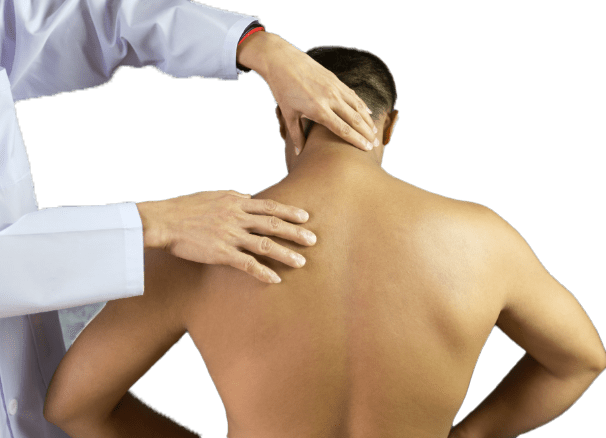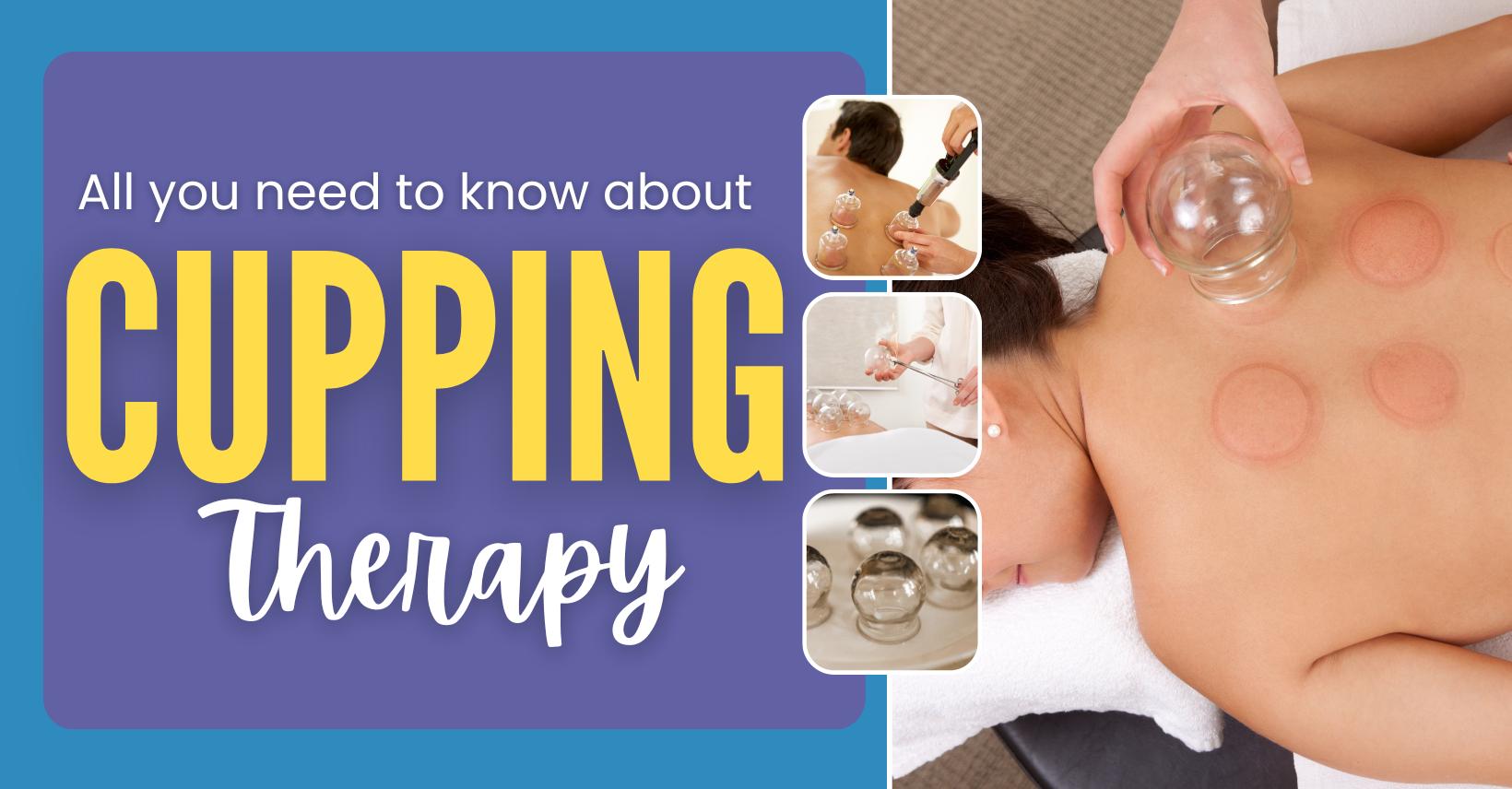December 17, 2018
Manual orthopaedic physical therapy is a clinical approach to addressing joint, muscle and nerve tissues that restrict movement, perpetuate pain, and/or limit the functional potential of a person. It is the skilled, reasoned application of specific hands-on techniques to address dysfunctional tissues to modulate pain, restore movement, and improve function.
Manual physical therapists (PTs) are direct access providers, meaning they have the knowledge to rule in and out various orthopaedic conditions and reach a clinical diagnosis for a condition. Beyond just diagnosing the problem, a manual PT will systematically observe and test your alignment, movement, muscle balance and joint mobility, to understand why the problem developed. Based on these findings, the therapist will then create a treatment plan to target the identified dysfunctions. They will educate you on how to manage your issue, and plan with you for a progressive return to the activities that you love.
How Physical Therapy is it different?
Orthopaedic manual physical therapists have a strong foundational knowledge of biomechanics (how joints and muscles move the body in space) and how limitation in one area can compound dysfunction in another. They use hands-on techniques to address these dysfunctions, and to facilitate specific muscle coordination and control to restore normal movement to dysfunctional areas. Exercises are prescribed based on the individual, instead of a one-size fits all approach. Insofar as possible, the treatments applied are informed by current research.
What does the research show about Physical Therapy?
There is a growing body of research demonstrating orthopaedic manual physical therapy is as effective as surgery in the management of many conditions. These include:
- Sciatica: A study published in the British Medical Journal reports that patients undergoing spinal surgery for sciatica had short term benefit, but by 6 months following surgery, they had no significant difference in pain relative to patients with sciatica receiving physical therapy. (Peul WC et al. BMJ 2008; 336(7657):1355-8)
- Neck pain with arm pain: when cervical fusion surgery was compared to physical therapy, researchers concluded that there were no significant differences between the two treatments, prompting the researchers to suggest that “a structured physiotherapy programme should proceed a decision for ACDF (surgery).” (Peolssona et al, Spine 2013 15:38(4):300-7)
- Shoulder pain: In patients with rotator cuff tears, patients who underwent physical therapy had the same clinical improvements in pain and function as those who underwent surgery. (Ryosa et al, Disabil Rehabil 2017 39(14) 1357-1363)
- Knee pain: Dr. Reed Siemieniuk, heading an expert panel on management of knee pain, concluded that “physical therapy and other management strategies should be utilised for knee pain due to osteoarthritis, NOT arthroscopic surgery.”
Try physiotherapy first! The sooner the better, as this changes outcomes. It is a quicker, cheaper and less painful alternative to surgery for many conditions, including back pain, neck pain, knee pain and rotator cuff tear.










